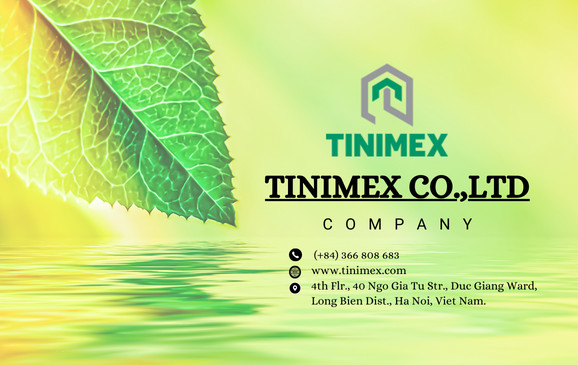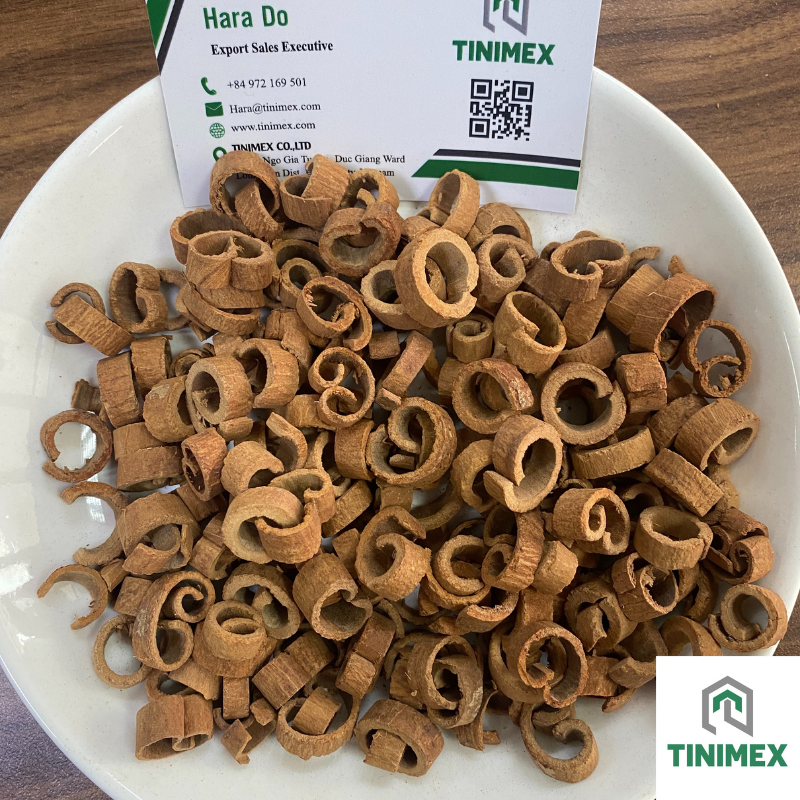Spring Star Anise vs. Autumn Star Anise: A Comprehensive Comparison
The Allure of Vietnamese Star Anise
In the lush, mist-covered mountains of northern Vietnam, two distinct harvest seasons give birth to two exceptional varieties of star anise: Spring Star Anise and Autumn Star Anise. Both varieties are derived from the same plant species, Illicium verum, but they diverge in key aspects such as aroma, oil content, applications, and market value. These differences shape their roles in various industries, from food and beverage to pharmaceuticals and cosmetics.
- Spring Star Anise, harvested in the early months of the year, is known for its delicate fragrance and subtle flavor, making it highly sought after for luxury wellness products and premium teas.
- Autumn Star Anise, harvested later in the year, boasts a bolder, more robust flavor profile and a higher concentration of essential oils, making it the go-to choice for industrial applications such as flavoring, medicinal products, and essential oils.
Understanding the distinct characteristics of these two varieties is essential for businesses and industries that rely on star anise as a raw material. From the culinary world to the health and beauty sector, recognizing the unique attributes of Spring and Autumn ensures more informed product development, purchasing decisions, and a deeper appreciation of this ancient spice. This article explores the fascinating differences between these two varieties and why they hold significant value in global commerce and natural health industries.
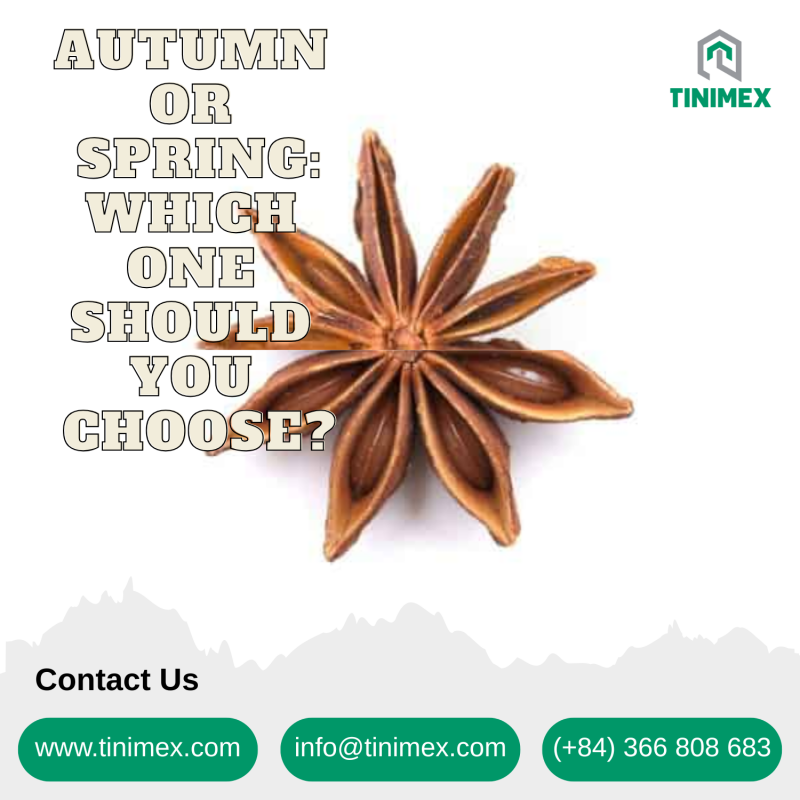
Botanical Background and Cultivation Cycle
Both Spring and Autumn Star Anise are harvested from the same species, Illicium verum, but the timing of the harvest plays a significant role in determining the distinct characteristics of each variety.
- Spring Star Anise is typically harvested between March and May, during the mild and humid months of early Vietnamese summer. The buds of Spring are often lighter in color and have a more delicate structure compared to their autumn counterparts. The conditions during this time allow for a more subtle development of the fruit, giving it a refined, gentle aroma and a lighter flavor profile.
- In contrast, Autumn Star Anise is harvested between September and November, when the plant has benefitted from months of strong sunlight and warmer temperatures. These conditions lead to the maturation of larger, richer-colored fruits. The extended growing period under the intense sun results in a higher concentration of essential oils, which gives Autumn its robust, more intense aroma and flavor, with stronger medicinal and culinary applications.
The timing of harvest affects not only the appearance of the fruit but also its chemical composition, oil concentration, and aromatic strength. While Spring Star Anise offers a softer, more delicate profile, Autumn Star Anise delivers a more powerful and concentrated flavor, making each variety uniquely suited for different uses in food, cosmetics, and medicinal products.
Visual and Sensory Differences
The first noticeable distinction lies in their physical attributes and aroma:
| Feature | Spring Star Anise |
Autumn Star Anise |
| Appearance | Smaller, lighter brown, thinner pods | Larger, dark brown, thick, full-bodied pods |
| Aroma | Light, fresh, floral | Deep, intense, spicy |
| Taste | Subtly sweet, mild licorice note | Strongly sweet, rich licorice |
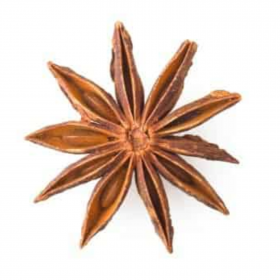 |
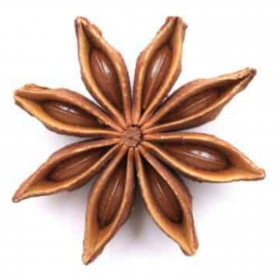 |
-
Spring Star Anise presents a more delicate aesthetic, often favored in high-end teas, cosmetics, and aromatherapy products where a lighter fragrance is preferred.
-
Autumn Star Anise boasts greater visual fullness and a richer aroma, making it the preferred choice for culinary use and essential oil extraction.
Essential Oil Content and Quality
Essential oil extraction plays a crucial role in determining the value of star anise for various industrial uses, and the amount and quality of oil extracted from each variety influence its applications.
- Spring Star Anise generally has a lower essential oil content, but the oil it yields is highly prized for its refined and clean fragrance. This makes it an excellent choice for more delicate applications, such as perfumery, natural skincare formulations, and therapeutic blends, where a subtle, elegant scent is desired. Its oil is valued for its mildness and purity, making it ideal for luxury wellness and beauty products.
- In contrast, Autumn Star Anise offers a higher yield of essential oil, with a more robust concentration of anethole, the primary compound responsible for its characteristic sweet, licorice-like aroma. This makes Autumn Star Anise the preferred option for industrial uses such as flavoring agents in food, cooking, and medicinal extractions. Its stronger oil concentration also enhances its effectiveness in these applications.
On average, Autumn can yield 6–8% more oil than Spring, making it a more economically advantageous choice for large-scale extraction operations. The higher yield and stronger scent profile of Autumn make it the go-to option for commercial production, while Spring remains the preferred variety for specialized, luxury products.
Applications and Industry Preferences
Culinary and Beverage Industry
- Autumn Star Anise is an essential spice in kitchens worldwide, particularly in complex spice blends like Chinese Five-Spice Powder and Vietnamese Pho broth, where its bold flavor adds depth and complexity. Its robust taste is perfect for savory dishes and traditional stews.
- On the other hand, Spring Star Anise, with its lighter, more delicate profile, is increasingly used in premium herbal teas and infusions, offering a subtle aromatic experience that appeals to those seeking a refined, gentle flavor.
Pharmaceutical and Health Sector
-
Autumn Star Anise plays a crucial role in the pharmaceutical industry, particularly in the production of Shikimic Acid, a key precursor for antiviral drugs like Tamiflu, making it vital in modern medicine. Its high essential oil content and medicinal properties further enhance its value.
-
In contrast, Spring Star Anise is favored in the therapeutic sector for aromatherapy oils. Its mild fragrance and calming properties make it ideal for emotional wellness products, providing a gentle and soothing experience.
Cosmetics and Personal Care
- Spring Star Anise is a popular ingredient in high-end natural skincare products, prized for its soft, pleasant scent that enhances the luxury experience of skincare routines. Its subtle aroma makes it ideal for products that focus on relaxation and rejuvenation.
- Meanwhile, Autumn Star Anise is used in cosmetics where antimicrobial benefits are required, often paired with a stronger scent for formulations like cleansers, body lotions, and deodorants. Its more robust fragrance and natural preservative properties make it effective in a range of personal care products.
Market Position and Export Value
Autumn Star Anise holds a dominant position in the global market due to its widespread applications across multiple industries, particularly in the food, pharmaceutical, and essential oil sectors. This variety’s robust flavor and high essential oil content make it a preferred choice for spice blends, medicinal formulations, and therapeutic oils. As a result, Autumn makes up the majority of Vietnam’s bulk exports, with major markets including China, Germany, and Japan. Its consistent demand in these countries reflects its vital role in both culinary and industrial uses, where its versatility and strong profile are highly valued.
In contrast, Spring Star Anise serves a more specialized niche market, distinguished by its superior quality. Known for its delicate, refined aroma and subtle flavor, it is primarily used in luxury wellness products, premium teas, high-end cosmetics, and therapeutic applications. The increasing demand for Spring in Europe and North America reflects a growing consumer preference for high-quality, sustainably sourced ingredients in boutique health and wellness products. As a result, Spring often commands a higher per-unit price, making it a valuable commodity for markets that prioritize purity, sophistication, and sensory excellence.
Vietnam continues to be the world’s leading exporter of both types of star anise, benefiting from its ideal climate, traditional farming techniques, and sustainable cultivation practices. The country’s ability to meet both large-scale demand for Autumn Star Anise and the growing demand for premium Spring Star Anise positions it as a key player in the global spice market, ensuring its continued dominance and adaptability to evolving international trends.
Sustainability and Farming Challenges
Both Spring and Autumn Star Anise face significant environmental challenges that directly impact their growth, yield, and quality. Climate variability is a primary concern, with unpredictable weather patterns disrupting the natural flowering and fruiting cycles of star anise trees. Such fluctuations can lead to inconsistent harvests, affecting both the availability and quality of the spice.
Spring Star Anise, with its delicate flowers, is particularly sensitive to sudden changes in rainfall. Excessive rain can damage blossoms, reducing flower yield and impacting the essential oil content of the final product. In contrast, Autumn Star Anise, known for its robust fruits, demands precise timing during harvest. Harvesting too early can result in underdeveloped fruits with lower oil content, while delaying the harvest may cause mature fruits to drop prematurely, reducing overall yields.
To counter these challenges and ensure sustainable production, farmers and cooperatives in Vietnam are increasingly adopting organic and environmentally friendly cultivation methods. These sustainable practices include crop rotation, organic fertilization, natural pest control, and careful water management. By maintaining soil health and promoting biodiversity, these methods not only protect the environment but also help farmers produce high-quality star anise that meets the stringent quality standards of international markets. As global demand for star anise continues to rise, these sustainable practices are essential for preserving the quality, reputation, and ecological balance of this ancient, star-shaped spice.
Conclusion: Choosing Between Spring and Autumn Star Anise
Star anise, a captivating star-shaped spice native to Vietnam, is celebrated for its aromatic and medicinal properties. However, within this remarkable spice lies a world of distinction between two main varieties—Spring and Autumn Star Anise. Although they originate from the same plant, their characteristics, applications, and value differ significantly, making it crucial for users to understand their unique qualities.
- Spring Star Anise is known for its delicate, refined aroma, a gentle fragrance that lends itself perfectly to high-end wellness products, luxury teas, and premium cosmetics. Its subtle, soothing scent enhances skincare formulations, perfumes, and essential oil blends, making it a sought-after ingredient for those who prioritize sophistication and sensory elegance.
- In contrast, Autumn Star Anise offers a bold, robust flavor profile, making it an indispensable spice in culinary arts, especially in savory dishes, spice mixes, and traditional recipes. Its higher essential oil content makes it particularly valuable for essential oil extraction, where it becomes a critical ingredient in pharmaceutical products, including antiseptics, cough syrups, and digestive remedies.
These two varieties of star anise are not just agricultural products—they are a testament to the rich biodiversity of Vietnam, where the unique climate, fertile soils, and centuries-old cultivation practices combine to produce spices of exceptional quality. The cultivation of Spring and Autumn reflects the intricate relationship between nature, tradition, and modern industry, bridging ancient agricultural knowledge with contemporary applications in cosmetics, wellness, culinary arts, and medicine.
For businesses, chefs, health practitioners, and artisans alike, a deep understanding of the differences between Spring and Autumn is invaluable. It enables them to make informed decisions in product development, ensuring the right variety is selected to meet specific goals—whether it is the sophisticated aroma of Spring Star Anise for a luxury skincare line or the intense flavor of Autumn Star Anise for a signature spice blend. Such knowledge also supports smarter purchasing decisions, helping stakeholders secure the highest quality products that align with their brand standards.
Ultimately, the ability to distinguish between Spring and Autumn is more than just a matter of technical knowledge—it is an appreciation of the cultural heritage, ecological significance, and versatile potential of this ancient, star-shaped gift from nature.
Our contact:
Dc: 4th Flr., 40 Ngo Gia Tu Str., Duc Giang Ward, Long Bien Dist., Ha Noi, Viet Nam
Hotline: (+84) 366 808 683
Mail: info@tinimex.com
Website: www.tinimex.com
